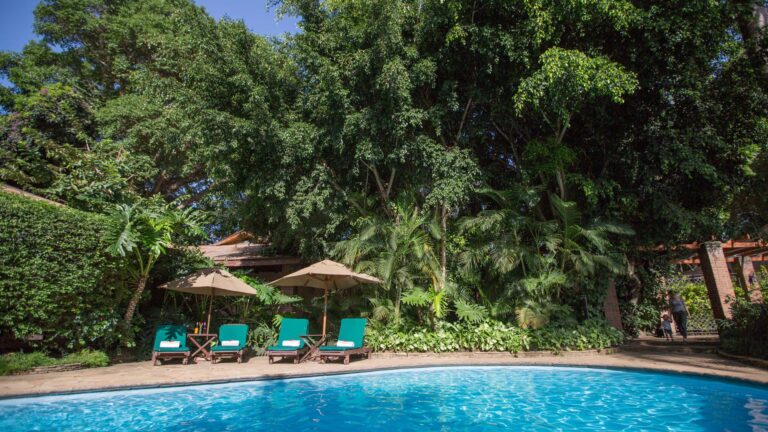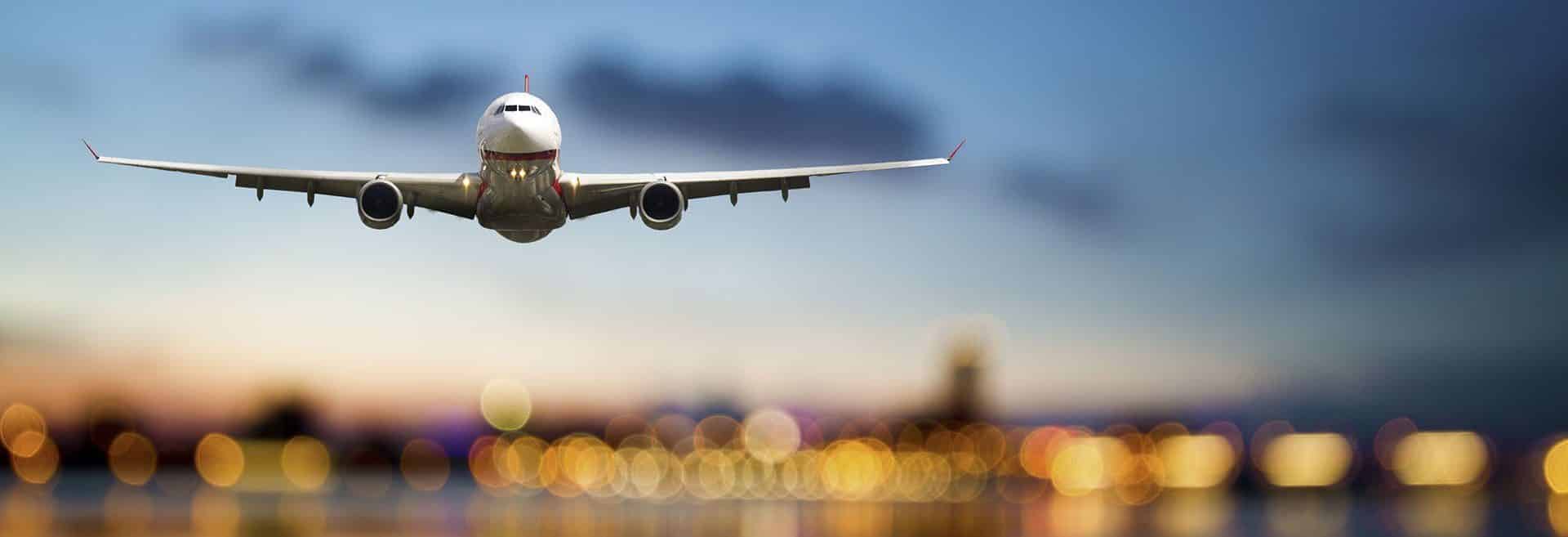The Marangu route, known as the “Coca-Cola” route, is Kilimanjaro’s oldest and most well-established route.
This route offers sleeping huts in dormitory-style accommodations instead of camping. Additionally, Mandara and Kibo Huts have 60 bunk beds, and Horombo Hut has 120. Moreover, guests are supplied with mattresses and pillows, but sleeping bags are still required. Furthermore, the huts have communal dining halls and basic washrooms, ranging from flushing toilets and running water at the lower huts to long drop toilets and buckets of water at Kibo Hut.
Many favour Marangu because it is considered the most straightforward path on the mountain, given its gradual slope and direct path. However, the short time frame of the route makes altitude acclimatization reasonably tricky. Moreover, the route approaches Mount Kilimanjaro from the southeast. Unfortunately, Marangu is less scenic. Additionally, Marangu involves ascent and descent along the same path. Consequently, it is also the most crowded route for that reason.
Overview:
Therefore, One of the more exciting aspects of the Marangu Route is that it is the only route up Mount Kilimanjaro that doesn’t allow camping. Instead of sleeping in tents, trekkers stay in permanent huts.
However, these dormitory-style shelters provide extra protection from the wind and rain, making this route popular for travellers climbing during the rainy season in April and May. There are 60 bunk beds each at Mandara and Kibo Huts and 120 bunk beds at Horombo Hut.
While staying at those huts, trekkers will sleep in bunk beds equipped with a simple mattress and pillow. They’ll also be able to purchase an array of candy bars, bottled water, and soft drinks, which is why the Marangu route is often called the “Coca-Cola Route.”
Marangu Route offers a slow, steady climb to each of the daily camps, which has given it the reputation for being the most accessible trekking route on Kilimanjaro.
Don’t underestimate this trail, however. The approach to the final camp can be really demanding, with roughly 1000 meters of vertical gain on that day alone.
Of course, summit day on Kilimanjaro is always a challenge no matter which direction you approach, making the final steps onto the top all the more satisfying.
Due to its status as one of the shortest treks to the summit—requiring just five days to reach Uhuru Peak—the Marangu Route is popular with trekkers who have limited time for their climb.












